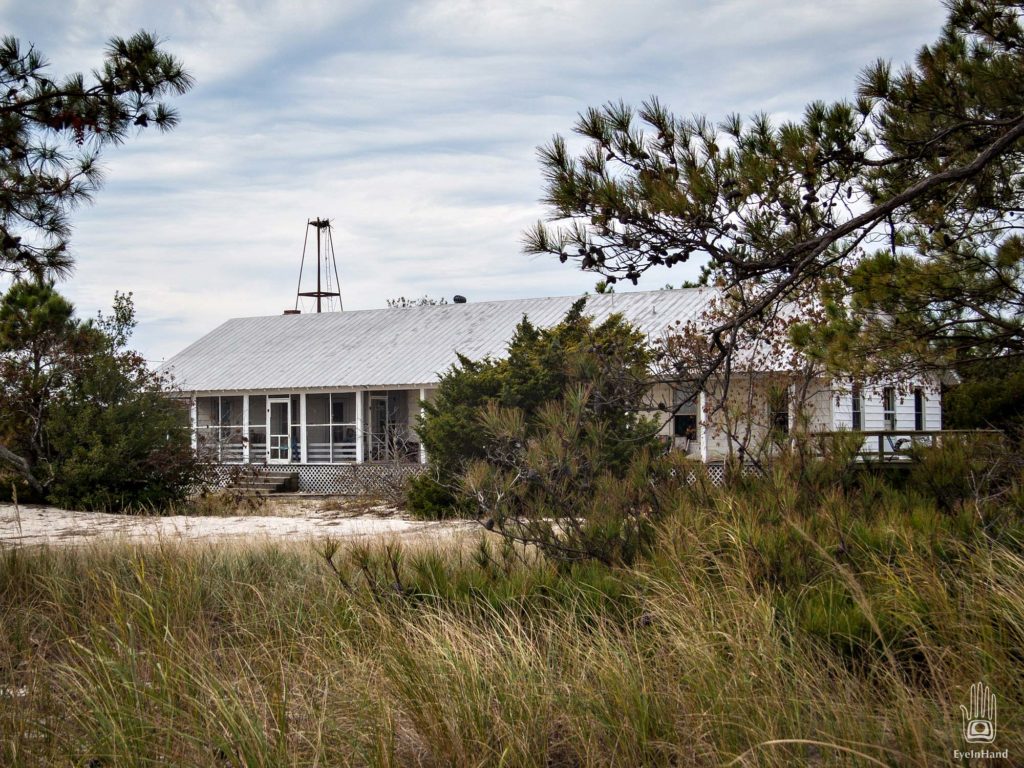
Sailing up the narrow canal at sunset. Details at:
The directions were a little vague. Arriving on the downwind leg of the afternoon, we followed not so much directions to this place as a description of it. Our friends decline cell phones. Their farmhouse is lined with shelves of books, the kitchen with jars of food from the garden. They don’t use the internet; no email or texts. They send hand-written notes by mail, or call on a land line shared with another couple. Not much help here. There’s no land line out on the island, either, so we can’t call to be sure.
This feels right, though – they’re good with words, our friends – but we’re going a bit on faith, like looking for a place you only know from novels.
Last post from the Kinsale trip. Eight boats down the Yeocomico River. Crabbers, oyster farming operations, grain silos loading grain at a dockside depot, and fine weather.
From the first evening. The Sooty Tern and the Marsh Cat playing in light air with the ducks and the geese. At dusk we slid both Melonseeds off the beach at Kinsale, and went for a row on the Yeocomico.
Beautiful evening, capped by the rising full moon.
Eddie and Kevin adrift on the Yeoconimico River
The last 60 miles are really rural, all winter wheat and young corn. The last 10 miles especially so – nothing else, just clouds and trees and blue skies. Going out is also going back, way back in time. Kinsale was another steamboat landing on the Chesapeake. The Yeoconimico River is a deep and sheltered harbor, several miles long, with many side tributaries. A village grew up around the comings and goings of the steamboats back in the late 1800’s, and it hasn’t been much else since. The little town must have prospered back then, though. Old storefronts still line what must have been Main Street, just a block long, and a little village square. Well kept houses, stately and demur.
Now a grain depot occupies the old landing, all silos and conveyors, and is doing a brisk business. A barge (there’s only room for one at a time), is pushed up alongside the wharf by a small tug, gets loaded with wheat seven days a week during the harvest, which is in full swing. Trucks lined up on the narrow lane down to the water. The wharf is so small that only one end of the barge can be loaded at a time, tipping lopsided under the weight. When one end is full, they turn the barge around and load the other end.
 The Melonseed Caesura in Fogg’s Cove
The Melonseed Caesura in Fogg’s Cove
St. Michaels, Maryland
That is indeed one of my Melonseeds in the foreground of the previous post (thanks Steve!)
Both photos, and several to come, are from back in 2013 at the Mid-Atlantic Small Craft Festival – MASCF to friends and family.